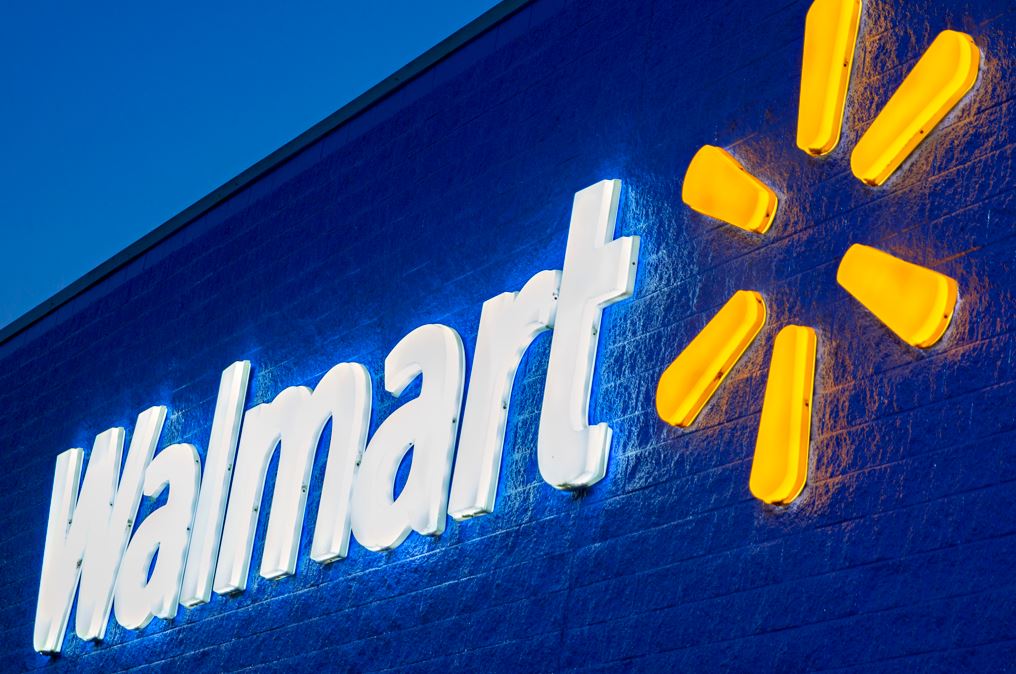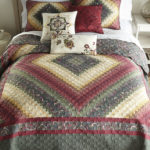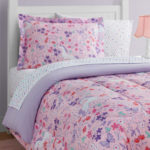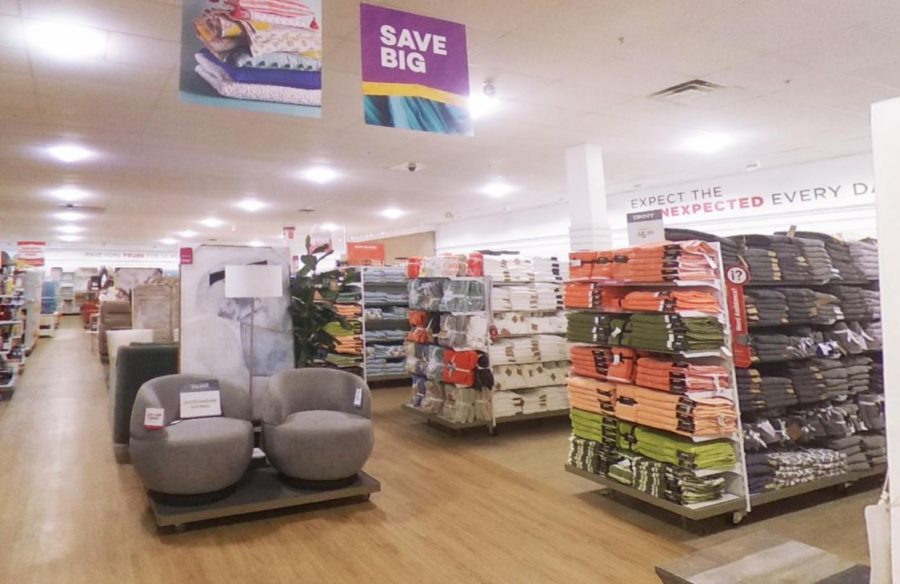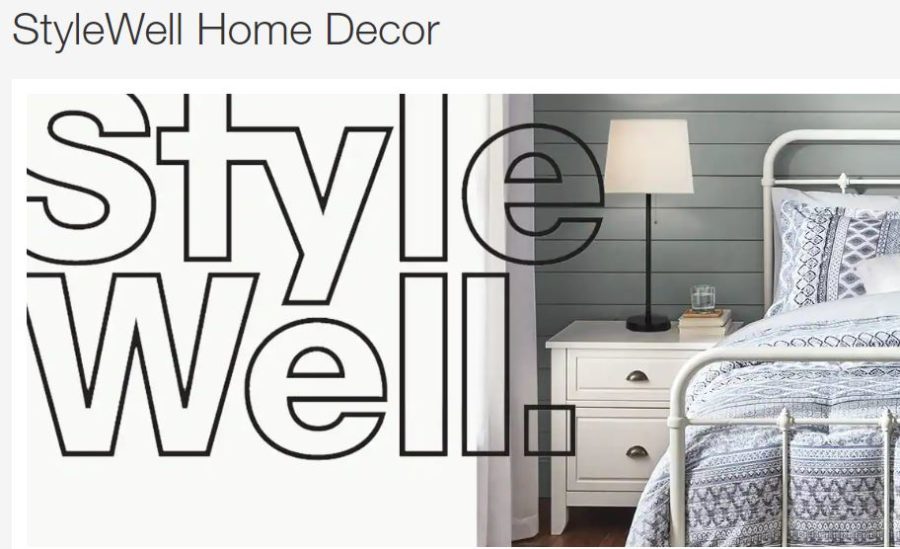
Photo by Frederick Warren on Unsplash
Retailers and suppliers find themselves in a peculiar situation at the moment.
There aren’t enough shipping containers. The ones that can be had are way too expensive. In addition, they’re either stuck in Asian ports that have temporarily shut down, or they’re jammed up outside U.S. ports waiting to dock. Once the containers make it to shore, importers face a lack of warehousing availability as well as truck and rail capacity.
And yet the sales keep on churning. In August, sales at furniture and home furnishings stores rose 3.7% month-over-month seasonally adjusted and climbed 16.1% unadjusted year-over-year. That beat the pace of total U.S. retail sales, which were up 2.3% seasonally adjusted from July and up 12% unadjusted year-over-year, excluding sales from automobile dealers, gasoline stations and restaurants.
As those registers were ringing in August, retailers were announcing their second quarter and first half results. Not surprisingly, many of the companies that were big winners in 2020 are still doing a strong business.
TJX Cos. execs described the pace of the home business as “phenomenal” across all divisions. That was especially true at the HomeGoods division, where total sales for the first half of this year were up nearly 112%.
Target blew past its earnings estimates, and executives said they were anticipating a strong, albeit somewhat volatile, second half. The home department’s same-store sales rose in the low single-digit range after explosive comp growth of more than 30% in the year-ago period. Back-to College got off to a strong start, and Target shoppers are amped up for this year’s holiday celebrations, the company said.
Overstock’s active customers reached 9.2 million in the second quarter, jumping 31% year over year. In addition, average order value climbed 33% to $213. The pure play home furnishings specialist is betting consumers will continue migrating online.
The Williams-Sonoma Inc. portfolio of retail formats collectively generated Q2 sales and comp gains in the 30% range. The company said it sees no slack in consumer interest in home and is aiming to grab a bigger share of the pie. By 2024, it expects West Elm to grow revenue to $3 billion and the Pottery Barn brands to reach $5 billion.
Macy’s and Kohl’s, both of which were partly sidelined by pandemic store closings last year, are happier with the trajectory of business this year.
Macy’s has been growing its loyalty membership program, particularly among consumers under the age of 40. Apparel is bouncing back, but home still has momentum. To appeal to younger consumers, Macy’s is launching a new private-label home and textiles brand for more socially-conscious customers called Oak.
Kohl’s has been focused on rebuilding its apparel business, which took a heavy hit last year, and is making headway. Home remains a top performing category on a two-year basis, and the retailer is pushing to boost inventory turns across the store.
Among this group, nearly all of them were sufficiently buoyed by sales trends to raise their guidance – although with numerous caveats about the spread of Delta virus and the ongoing disconnect in the supply chain.
A case of irrational exuberance? We’ll see. But many top home textiles retailers expect the big tide to keep rolling in for a while.
Editor-in-Chief Jennifer Marks shares news and views from around the home textiles marketplace.

